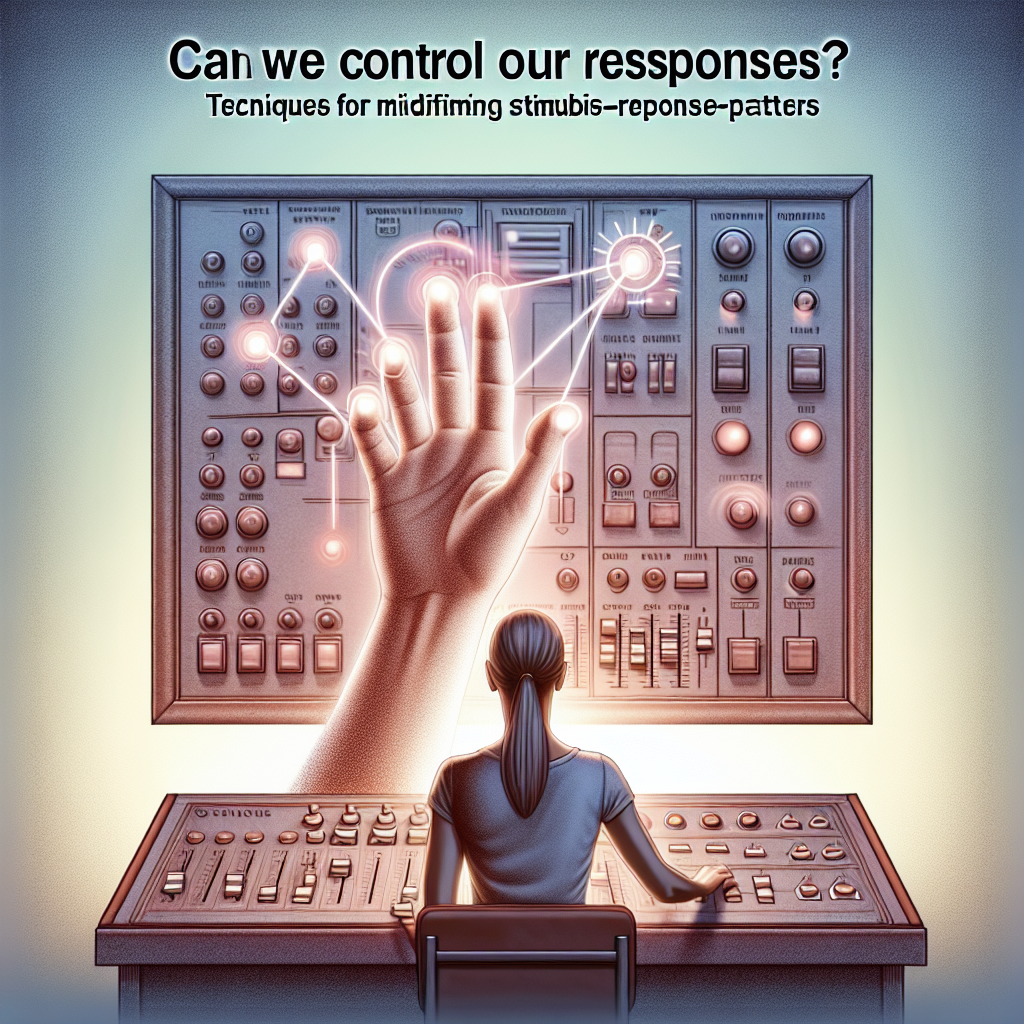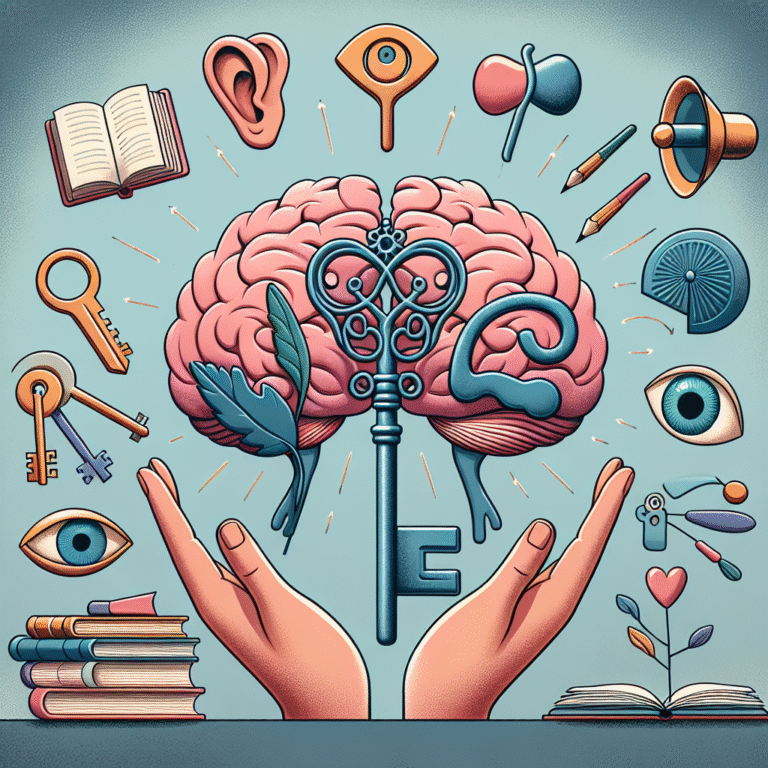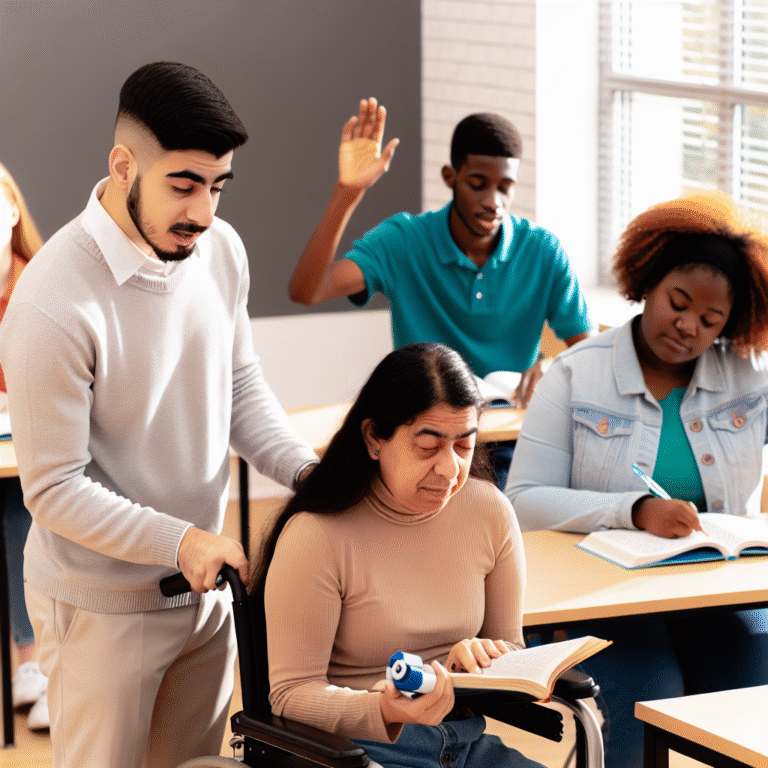
Introduction
In a world brimming with stimuli—whether from social interactions, work pressure, or media consumption—our responses can sometimes feel automatic, even uncontrollable. The fundamental question arises: Can we control our responses? Techniques for modifying stimulus-response patterns may offer the key to changing how we react to the world.
From the emotional outbursts that disrupt our relationships to the unproductive habits that stall personal growth, understanding and mastering our responses can lead us down the path of greater success and fulfillment. By employing specific techniques, we can not only modify our responses but also revolutionize our overall mental health and quality of life.
Understanding Stimulus-Response Patterns
What are Stimulus-Response Patterns?
Stimulus-response patterns emerge from behavioral psychology and refer to the automatic reactions we have to particular stimuli. For instance, when someone criticizes you (the stimulus), your immediate reaction (the response) might be anger or defensiveness. These patterns are often engraved in our minds through repeated experiences.
The Neuroscience Behind Responses
Understanding the brain provides insight into can we control our responses? Techniques for modifying stimulus-response patterns involve scientific methods. The amygdala plays a crucial role in processing emotions and triggers rapid, reflexive responses to stressors. On the other hand, the prefrontal cortex governs higher-level functions such as reasoning and decision-making. When these areas interact, they shape our reactions to the world around us.
Case Study: The Power of Mindfulness
Mindfulness is a proven technique that alters how individuals respond to situations. A study conducted at the University of Massachusetts showed that participants practicing mindfulness were better able to regulate their emotions, leading to a reduced incidence of anger and anxiety.
Analysis
The results underscore the importance of adopting techniques that alter our default responses. When we practice mindfulness, we cultivate awareness, allowing us to pause before reacting. This conscious interruption of the stimulus-response cycle can create profound changes in our lives.
Techniques for Modifying Responses
1. Cognitive Behavioral Therapy (CBT)
Cognitive Behavioral Therapy is a psychological treatment that emphasizes identifying and altering negative thought patterns. CBT helps individuals analyze their automatic thoughts and replace them with more constructive ones.
- Table: CBT Techniques
| Technique | Description | Example |
|---|---|---|
| Thought Recording | Writing down thoughts to identify patterns | Keeping a journal of emotions faced |
| Cognitive Restructuring | Challenging negative beliefs | Questioning the validity of criticism |
| Behavioral Experiments | Testing beliefs against real-life scenarios | Trying social interactions to combat anxiety |
2. Mindfulness and Meditation
Mindfulness trains the brain to respond rather than react impulsively. Various meditation techniques can help people develop a steady response to external triggers.
Benefits of Mindfulness
- Reduces stress
- Enhances emotional regulation
- Improves focus and attention
3. Visualization Techniques
Visualization involves mentally rehearsing desired responses to stimuli. Athletes commonly use this technique to prepare for competitions, projecting success in achieving their goals.
4. Trigger Identification
Identifying specific triggers can pave the way for cognitive alterations. By systematically recognizing what provokes specific reactions, individuals can create effective strategies to counteract these triggers.
5. Emotion Regulation Skills
Learning to regulate emotions effectively can help adjust responses. Techniques such as deep-breathing exercises, journaling, and healthy coping strategies are beneficial.
Case Study: Emotion Regulation in Adolescents
Research published in the Journal of Youth and Adolescence illustrates that programs focusing on emotion regulation significantly reduced instances of aggression in adolescents.
Analysis
This study presents a compelling case for implementing emotional regulation programs in schools, emphasizing their potential to prevent negative responses in high-stress environments.
Overcoming Barriers to Change
Identifying Limiting Beliefs
One significant barrier to modifying stimulus-response patterns involves identifying and challenging limiting beliefs. These ingrained perceptions can prevent individuals from adopting new techniques.
The Role of Environment
The environment plays a pivotal role in shaping responses. A supportive network can lead to more positive outcomes in relation to modified responses. Conversely, toxic environments can perpetuate negative patterns.
Strategies for Creating Supportive Environments
- Surrounding oneself with uplifting individuals
- Creating a structured, peaceful workspace
- Engaging in community groups or supportive networks
The Role of Practice and Consistency
The Importance of Routine
Establishing a routine helps reinforce newly learned responses. The more consistently a new behavior is practiced, the more robust the neural pathways become.
Practical Exercises for Daily Life
| Exercise | Purpose |
|---|---|
| Daily Gratitude Review | To foster positive emotions |
| Role-Playing Scenarios | To rehearse responses in different contexts |
| Journaling | To identify emotional triggers and patterns |
Conclusion
Can we control our responses? Techniques for modifying stimulus-response patterns lie at the intersection of self-awareness, practice, and environment. By implementing these techniques, individuals can take significant strides in managing their reactions to stimuli, improve emotional well-being, and enhance personal growth.
It’s crucial to remember that change takes time and persistence. Each small step can lead to monumental shifts in how we navigate life’s challenges. So why not start today? The journey to mastering our responses can transform the way we experience the world.
Frequently Asked Questions (FAQs)
1. Can any person learn to control their responses?
Yes! With the right techniques and consistent practice, anyone can learn to modify their stimulus-response patterns.
2. How long does it take to see results?
Results may vary, but consistent practice over a few weeks generally yields noticeable changes.
3. Are these techniques suitable for everyone?
While most techniques can benefit individuals, it’s always advisable to consult a mental health professional for personalized guidance.
4. What if I feel overwhelmed by my emotions?
Seeking support from a mental health professional can provide valuable assistance in managing overwhelming emotions effectively.
5. Can mindfulness be practiced anywhere?
Absolutely! Mindfulness can be practiced at home, work, or in public settings—anywhere you can find a moment of stillness.
With an enriched understanding of can we control our responses? Techniques for modifying stimulus-response patterns stand as powerful tools in our hands, ready to reshape our lives for the better. Whether we choose mindfulness, CBT, or emotional regulation, the path to personal mastery and improved quality of life is well within reach.















